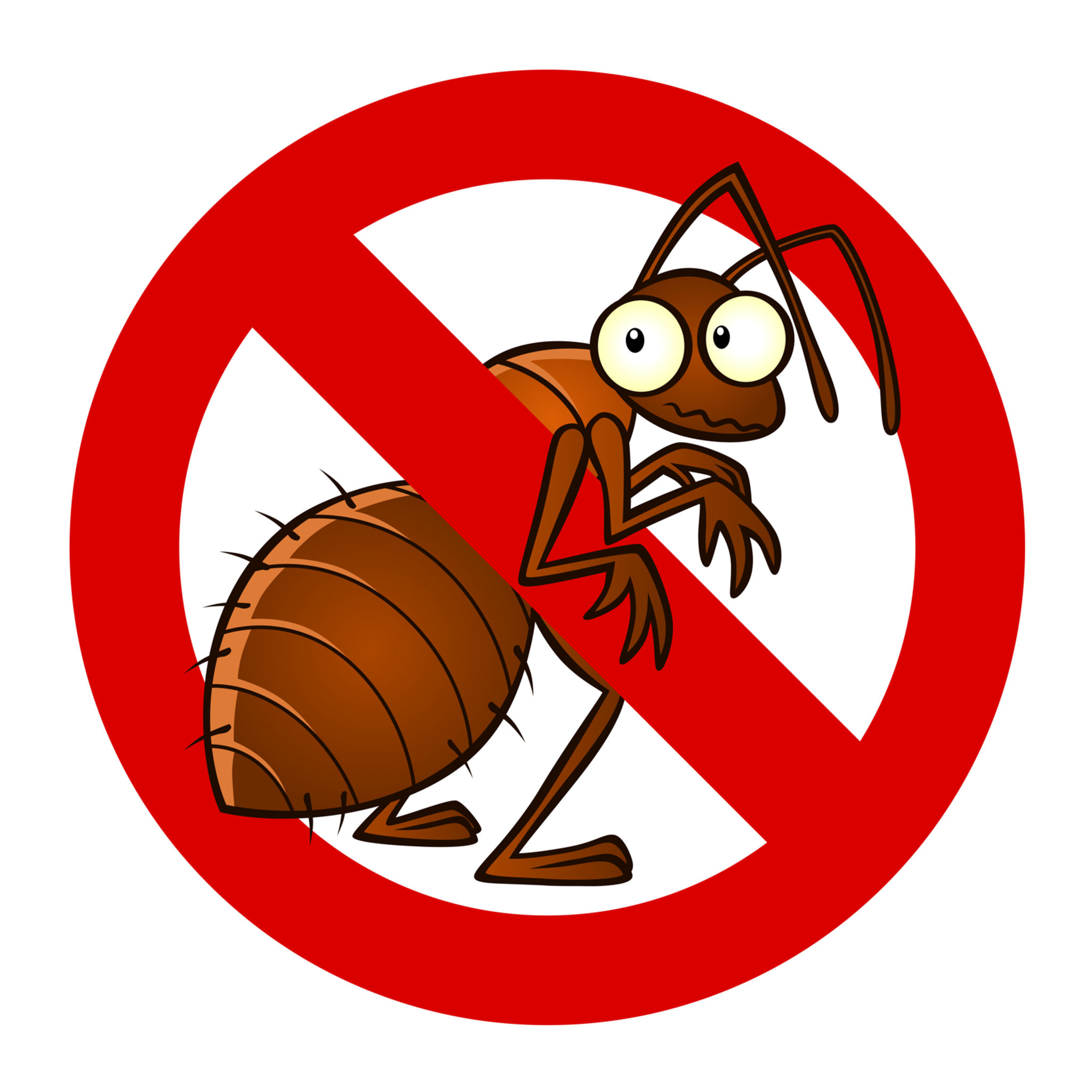A1 Bed Bug Exterminator Charlotte - Efficient and Cost Effective Services
A1 Bed Bug Exterminator Charlotte - Efficient and Cost Effective Services
Blog Article
Bed Bug Treatment Breakdown: Comparing Chemical Vs. Non-Chemical Solutions
In the world of bug control, especially when dealing with the persistent concern of bed pests, the choice in between chemical and non-chemical therapy services can be a crucial one. Both techniques use distinct benefits and drawbacks, influencing elements such as performance, security considerations, and overall expense. By checking out the nuanced information of each method, a clearer understanding of which course to seek in dealing with a bed bug infestation can be acquired.
Effectiveness of Chemical Therapies
Chemical treatments for bed bug invasions have been extensively identified for their fast and powerful effectiveness in eradicating these pests. When thinking about the effectiveness of chemical therapies, it is crucial to recognize that they can provide a comprehensive and quick service to a bed bug trouble.
In addition, chemical treatments have the advantage of supplying recurring effects, suggesting that they can continue to get rid of bed insects even after the preliminary application. This residual activity is specifically advantageous in combating any kind of prospective re-infestations. Additionally, the rapid action of chemical therapies can bring relief to people facing extreme bed bug problems, allowing them to reclaim control of their space promptly.
Safety Interest In Chemical Solutions
When utilizing chemical solutions for bed bug therapy is guaranteeing the safety and security of owners and the atmosphere,One important aspect that needs mindful consideration. While chemical treatments can be effective in removing bed insects, they might posture dangers if not taken care of appropriately. One of the primary security interest in chemical remedies is the prospective harm they can trigger to human wellness. Direct exposure to certain chemicals utilized in bed pest therapies can bring about respiratory system problems, skin irritation, or various other damaging reactions, particularly in individuals with pre-existing problems or sensitivities. Additionally, improper application or dosage of chemical pesticides can cause poisonous deposits sticking around in the treated area, posing long-term wellness risks to passengers.
Additionally, the ecological effect of chemical options is an additional substantial factor to consider. Some pesticides used in bed insect therapies might be hazardous to useful pests, wildlife, and ecological communities if they seep into the dirt or water supply. It is important to make use of chemical therapies sensibly, complying with security guidelines, and thinking about much less harmful alternatives to reduce these threats and make sure the reliable and safe management of bed bug infestations.
Benefits of Non-Chemical Strategies
Thinking about the prospective safety and security issues and environmental influence linked with chemical remedies for bed pest therapy, discovering non-chemical strategies provides an appealing alternative with several distinctive advantages. Non-chemical therapies are environmentally pleasant, as they do not add to air or water air pollution, making them a sustainable selection for pest control.
Furthermore, non-chemical solutions can be efficient in targeting bed insects, consisting of hard-to-reach areas where chemical treatments might not pass through - A1 bed bug treatment in charlotte. Methods such as heat treatment, vacuuming, steam cleaning, and bed mattress encasements offer detailed eradication without the usage of unsafe chemicals.
Limitations of Non-Chemical Treatments

In addition, non-chemical treatments often call for numerous applications to accomplish effective removal. This can be time-consuming and might not constantly ensure complete removal of all bed pests and their eggs, particularly in covert or hard-to-reach locations.
Moreover, the success of non-chemical therapies heavily counts on correct execution and thoroughness, which can be testing for people without specialist knowledge. Inadequate application of non-chemical approaches may lead to insufficient obliteration, bring about persistent infestations and the demand for added therapies.
For that reason, while non-chemical treatments have their site benefits, it is important to recognize these constraints and consider them when determining one of the most efficient strategy for handling bed preventive pest control insect infestations.
Cost Contrast: Chemical Vs. Non-Chemical Options
Provided the restrictions connected with non-chemical therapies, a crucial facet to assess in the context of bed bug management is the expense contrast between chemical and non-chemical choices. In comparison, non-chemical treatments like heat treatment or vapor can be a lot more costly, with costs varying from $1,000 to $6,000 for an entire home. While the initial expense of chemical treatments may appear reduced, multiple treatments might be called for to completely eradicate the problem, potentially boosting the total expense.
Final Thought

Thinking about the possible security concerns and ecological impact associated with chemical options for bed bug treatment, exploring non-chemical methods provides an appealing choice with numerous distinctive benefits.Provided the restrictions linked with non-chemical treatments, an important facet to review in the context of bed pest monitoring is the price contrast between chemical and non-chemical alternatives. In comparison, non-chemical treatments like heat therapy or heavy steam can be much more pricey, with costs ranging from $1,000 to $6,000 for a whole home. While the first cost of chemical therapies may appear lower, numerous treatments might be needed to completely eradicate the invasion, possibly enhancing the total expense.In conclusion, when contrasting chemical and non-chemical bed pest treatment choices, pest control insurance it is vital to think about effectiveness, safety and security, advantages, restrictions, and price.
Report this page